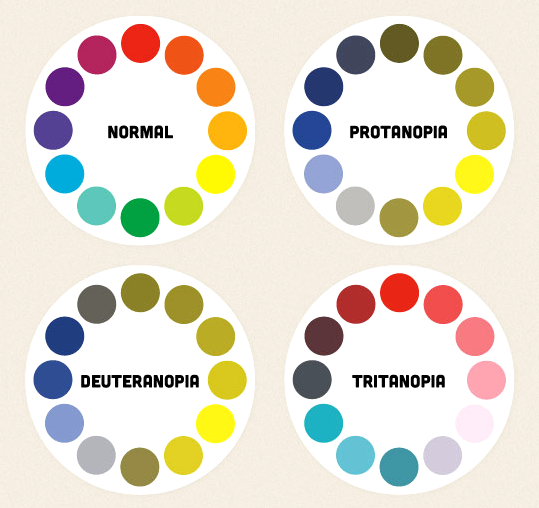EASTON, PA—At First In Math, we place a strong emphasis on the user experience. We update and refine our games on an ongoing basis and when a teacher, parent or student has a suggestion, we listen. These conversations often lead to a better experience for everyone.
Such was the case when David Hayward contacted FIM creator, Robert Sun, to report that his son was having difficulty with some of the Bonus games. The first-grader enjoyed FIM, but struggled to distinguish the colors in the pattern games because he is colorblind. Differentiating between red and green shape icons was especially difficult.
"I asked my son what colors he sees when he looks at the icon and he said the green icon was orange and the red icon was brown. He said he could tell the difference because the green icon was brighter than the red, but it was difficult,” explains Hayward. “That’s when I decided to email First In Math to see if they could help.”
Hayward’s email, which contained links to Internet articles explaining colorblindness, was immediately directed to Sun. There are variations in what a person with color blindness sees, according to Sun, who researched solutions on the Internet while considering an effective resolution to the problem. Hayward’s son has the most common form, Deuteranopia, which occurs in 7% of males. Deuteranopia and Protanopia make distinguishing between green and red very difficult. In Tritanopia, the problem is distinguishing between green and blue. You can see examples in the color wheels shown here.

“I realized that we have numerous modules that require sorting or determining patterns based on shape and color,” says Sun, who immediately set FIM designers a goal of creating shape icons that could accommodate various forms of colorblindness. “We decided that a green icon containing a pattern, such as wavy lines, would do the trick.”
Within a week, new shape icons were designed and emailed to Hayward’s son to see if designers were on the right track. “My son tested the prototypes and said it was much easier to distinguish the green icon with the lines included—mission accomplished,” says Hayward.
“It speaks volumes about Mr, Sun that he immediately responded to my inquiry, and within weeks he and his company were able to engineer an elegant solution to the problem,” says Hayward, who has come to expect good things from Sun based on past experience. “Before my son began using First In Math, I was a long time 24 Game fan. I used to take my students to the local Ohio 24 Challenge Tournament competition each year, and it was a great learning experience.”
Sun says the feeling is mutual. “It is great to hear from parents who are involved in their child’s education, and who are excited to help make the website better for everybody. Anytime I hear that there is a stumbling block out there for kids who are learning math, I’m curious to find out what it is and whether or not we can remove it. This was one example. As a small company, we have the ability to respond quickly to user input, and whenever possible, we try to do that.”